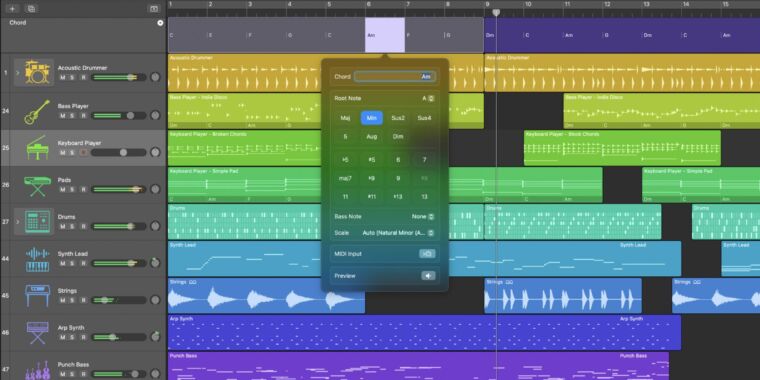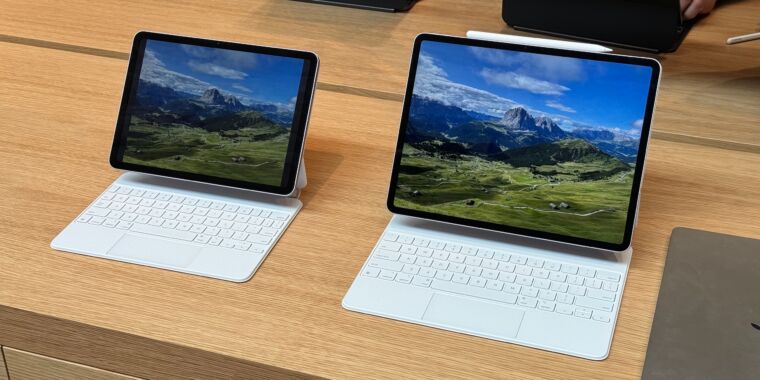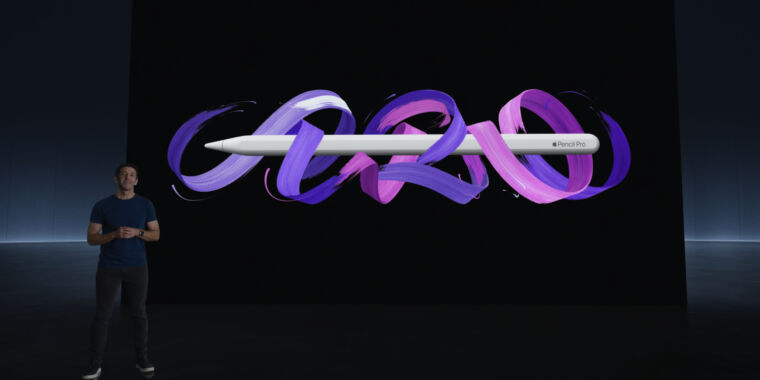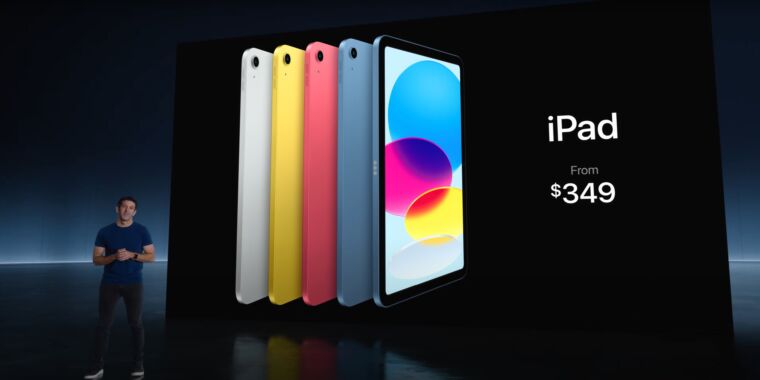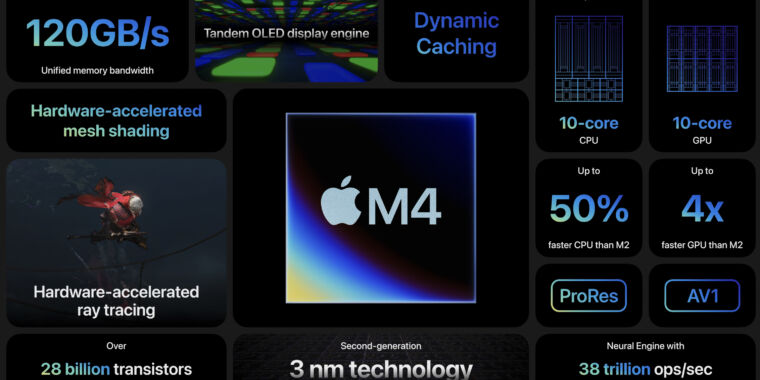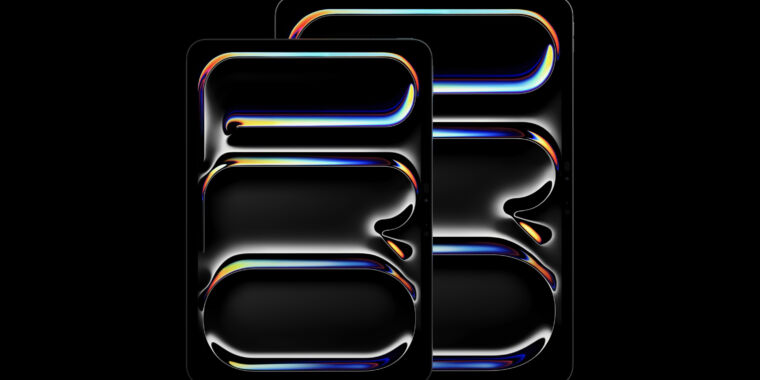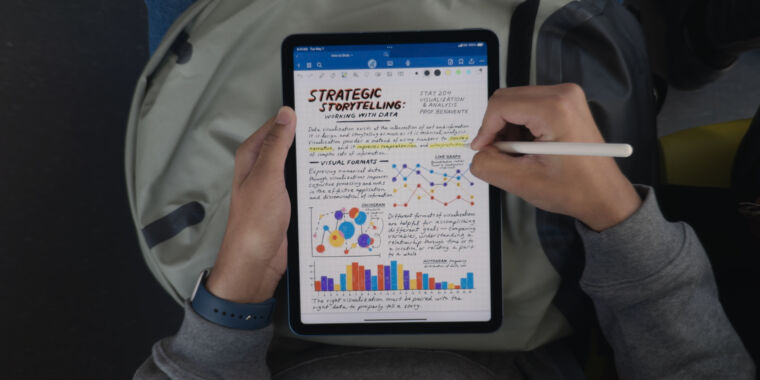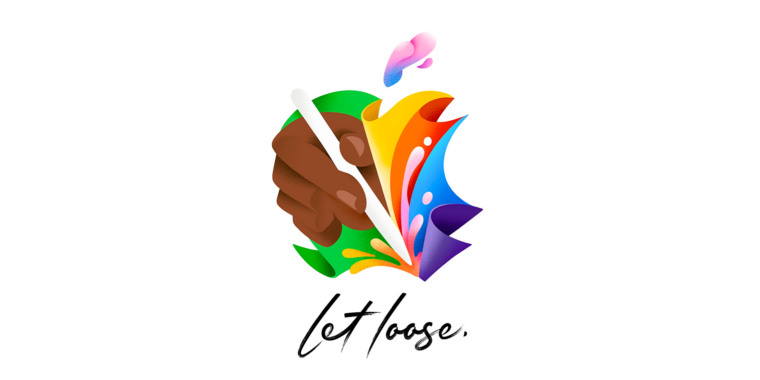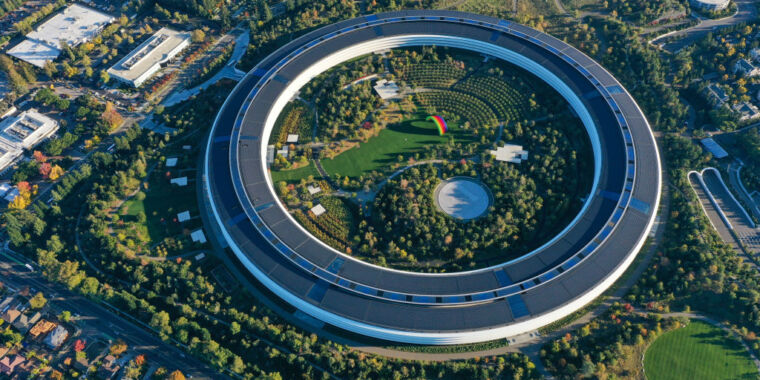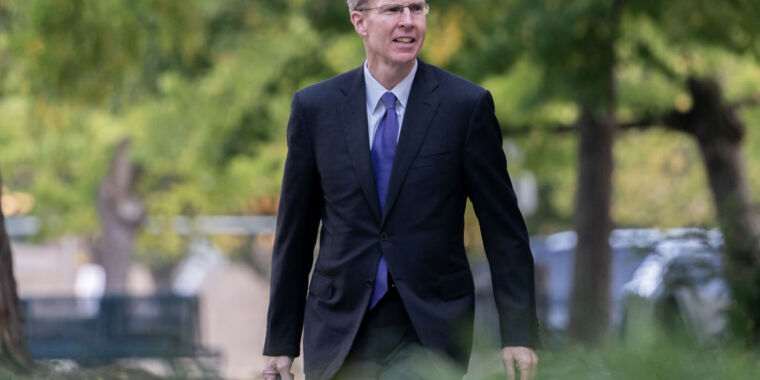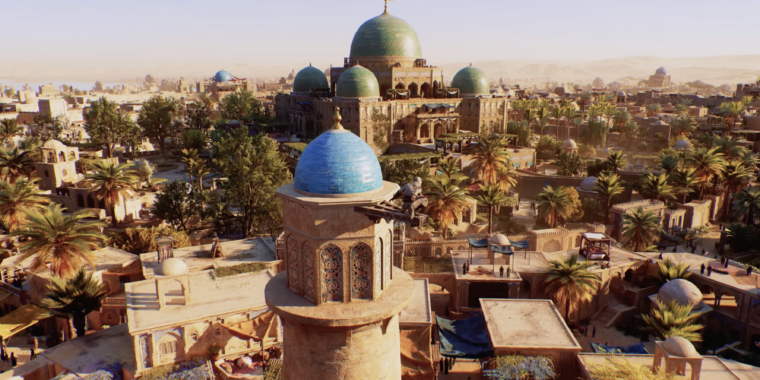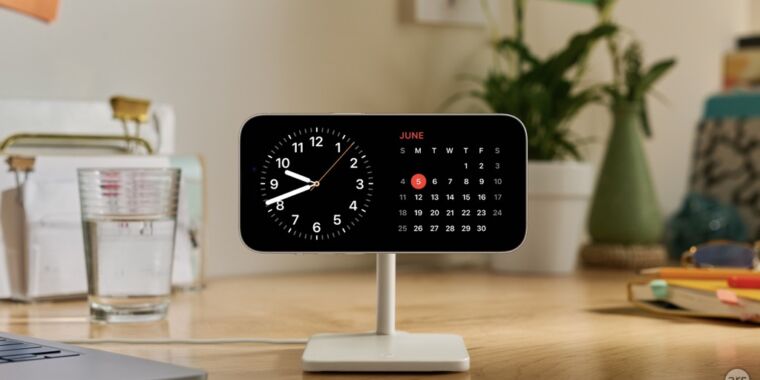Logic Pro gets some serious AI—and a version bump—for Mac and iPad

Enlarge / The new Chord Track feature.
Apple
If you watched yesterday’s iPad-a-palooza event from Apple, then you probably saw the segment about cool new features coming to the iPad version of Logic Pro, Apple’s professional audio recording software. But what the event did not make clear was that all the same features are coming to the Mac version of Logic Pro—and both the Mac and iPad versions will get newly numbered. After many years, the Mac version of Logic Pro will upgrade from X (ten) to 11, while the much more recent iPad version increments to 2.
Both versions will be released on May 13, and both are free upgrades for existing users. (Sort of—iPad users have to pay a subscription fee to access Logic Pro, but if you already pay, you’ll get the upgrade. This led many people to speculate online that Apple would move the Mac version of Logic to a similar subscription model; thankfully, that is not the case. Yet.)
Both versions will gain an identical set of new features, which were touched on briefly in Apple’s event video. But thanks to a lengthy press release that Apple posted after the event, along with updates to Apple’s main Logic page, we now have a better sense of what these features are, what systems they require, and just how much Apple has gone all-in on AI. Also, we get some pictures.

Enlarge / The new ChromaGlow plugin. It saturates!
AI everywhere
One of Logic’s neat features is Drummer, a generative performer that can play in many different styles, can follow along with recorded tracks, and can throw in plenty of fills and other humanizing variations. For a tool that comes free with your digital audio workstation, it’s an amazing product, and it has received various quality-of-life improvements over the last decade, including producer kits that let you break out and control each individual percussion element. But what we haven’t seen in 10 years is new generative session players, especially for bass and keys.
The wait is over, though, because Apple is adding a bass and a keyboard player to Logic. The new Bass Player was “trained in collaboration with today’s best bass players, using advanced AI and sampling technologies,” Apple says. Logic will also come with Studio Bass, a set of six new instruments.
The Keyboard Player works similarly and gets a new Studio Piano plugin that provides features commonly found in paid virtual instruments (multiple mic positions, control over pedal and key noise, sympathetic resonance, and release samples). Apple says that Keyboard Player can handle everything from “simple block cords to chord voicing with extended harmony—with nearly endless variations.”
-
The new Drummer.
-
Keyboard Player.
Drummer’s secret to success is in just how easy it makes dialing in a basic drum pattern. Select the drummer who plays your style, pick a kit you like, and then pick a variation; after that, simply place a dot on a big trackpad-style display that balances complexity with volume, and you have something usable, complete with fills. Bass and Keyboard Players can’t work that way, of course, but Apple is bringing a feature seen in some other DAWs to Logic in order to power both new session players: Chord Track.
Logic Pro gets some serious AI—and a version bump—for Mac and iPad Read More »
